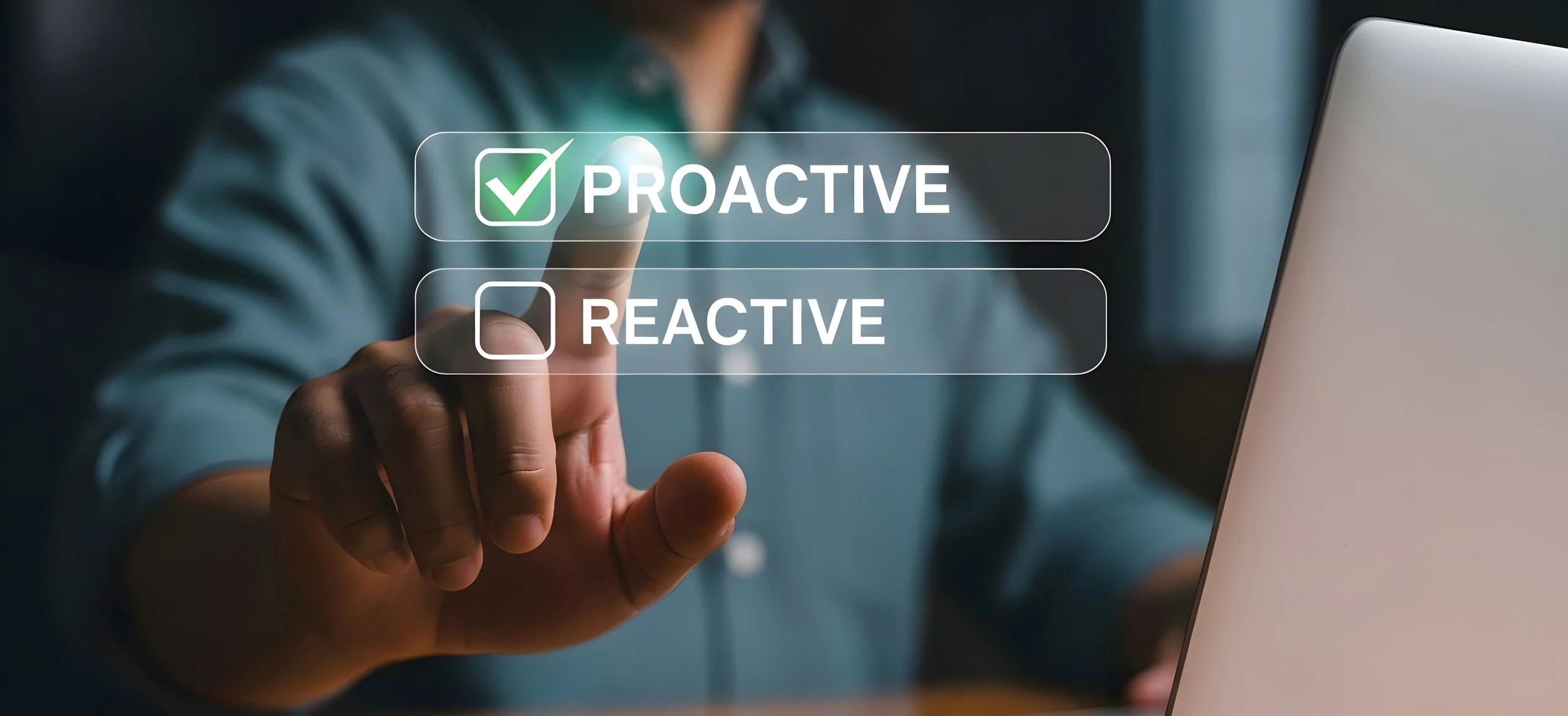Taking Charge: Proactive approaches to wellbeing
Workload, staffing shortages, funding constraints, increasing complexity of student needs are altogether too common in education today. We also know that this is not particular to Australia alone; many countries face this challenge. These challenges need systemic change. It’s imperative that governments, departments and associations work together to create conditions that protect and sustain their people. These challenges take a toll on the wellbeing of principals, teachers, and support staff alike and in turn impact student outcomes. While we all support and push for these changes to happen, we also can’t afford to wait for them. Educator wellbeing is too important to leave solely in the hands of others.
The role of individual agency
It would be both unfair and unhelpful to suggest that individual strategies alone could “fix” such large systemic issues. Schools and systems have a moral responsibility to create conditions where staff can flourish.
And yet, research tells us that there is also a role for the individual. Not because the burden of wellbeing should be carried on your shoulders alone, but because there are things within your control that can protect you, even in tough environments. This is not about blame, it’s about agency.
In The Silent Cost research, we studied over 900 educators who had very high levels of exposure to Secondary Trauma. As you’d expect, most also reported high levels of Secondary Traumatic Stress (STS). But within this group, the “diamonds” emerged. Individuals who, despite high levels of exposure to trauma, reported low levels of STS.
When we looked closer, their environments weren’t different to others, these educators weren’t somehow shielded from difficulty, nor were they less caring or committed. Instead, they consistently did two things:
They used multiple strategies. There was no single “magic bullet.” Each person drew on a mix of coping, recovery, and support strategies that fit their unique context. This allowed them to use a combination approach - so if one strategy did not suffice, others or the combination of them, would.
They shared a strong sense of agency. They carried the belief “I have some influence over how much my job affects me.” They acknowledge that the systems and circumstances are challenging, but didn’t see these as reasons not to exert as much influence as they could to positively impact their wellbeing.
This will never negate the role of systemic change. But it shows us that even in the toughest conditions, individual mindset and strategy matter; in essence what you do for yourself matters.
The difference between agency and non-agency mentality is subtle but powerful. A non-agency mindset says: “There’s nothing I can do. This job is just impossible.” An agency mindset says: “This job is demanding, but I can take steps to protect myself and recover.”
Agency doesn’t deny the difficulties. It doesn’t suggest educators are to blame for feeling depleted. Instead, it acknowledges reality and claims space for action. It’s a mindset that fuels proactive choices rather than paralysis.
From the research and our interviews with educators in the diamond group, three categories of strategies stood out:
Coping Strategies
These are deliberate actions that help manage the immediate emotional toll. Examples include journaling, reframing challenges, disconnecting from work, processing emotions, setting boundaries between work and home, or engaging in mindfulness practices.Recovery Strategies
These allow the body and mind to recharge. Think exercise, sleep routines, hobbies, and time spent being fully present with loved ones. Recovery strategies create separation from the intensity of school life, fill up your cup and build sustainability in the role.Support Strategies
These draw on external resources. Debriefing with colleagues, seeking supervisor support, or engaging professional services when needed can reduce the sense of isolation and provide perspective.
The key here is variety. Most members of the diamond group weren’t relying on one or two tactics. They were drawing on a toolkit of five, eight, even ten strategies.
So, what does this mean for you as an individual working in a school?
Start small. Choose one or two strategies that feel doable right now. Maybe setting a firmer boundary around emails at night or taking 10 minutes after work for a walk before heading home.
Experiment and adapt. What works for your colleagues might not work for you. Build your own unique combination.
Remember support. Don’t underestimate the value of talking things through with a trusted peer or leader. Shared stories and perspectives lighten the load.
Claim your agency. You can’t control all the pressures of the system, but you can influence how you respond to them. That influence is powerful.
This isn’t about finding more time or adding more to your plate. It’s about noticing what helps you and making it part of your normal routine. Small adjustments add up. A boundary here, a pause there, leaning on others. When we take responsibility for our own wellbeing, we help build a stronger community around us. One person’s choice to care for themselves can quietly give others permission to do the same. That’s how culture shifts.

